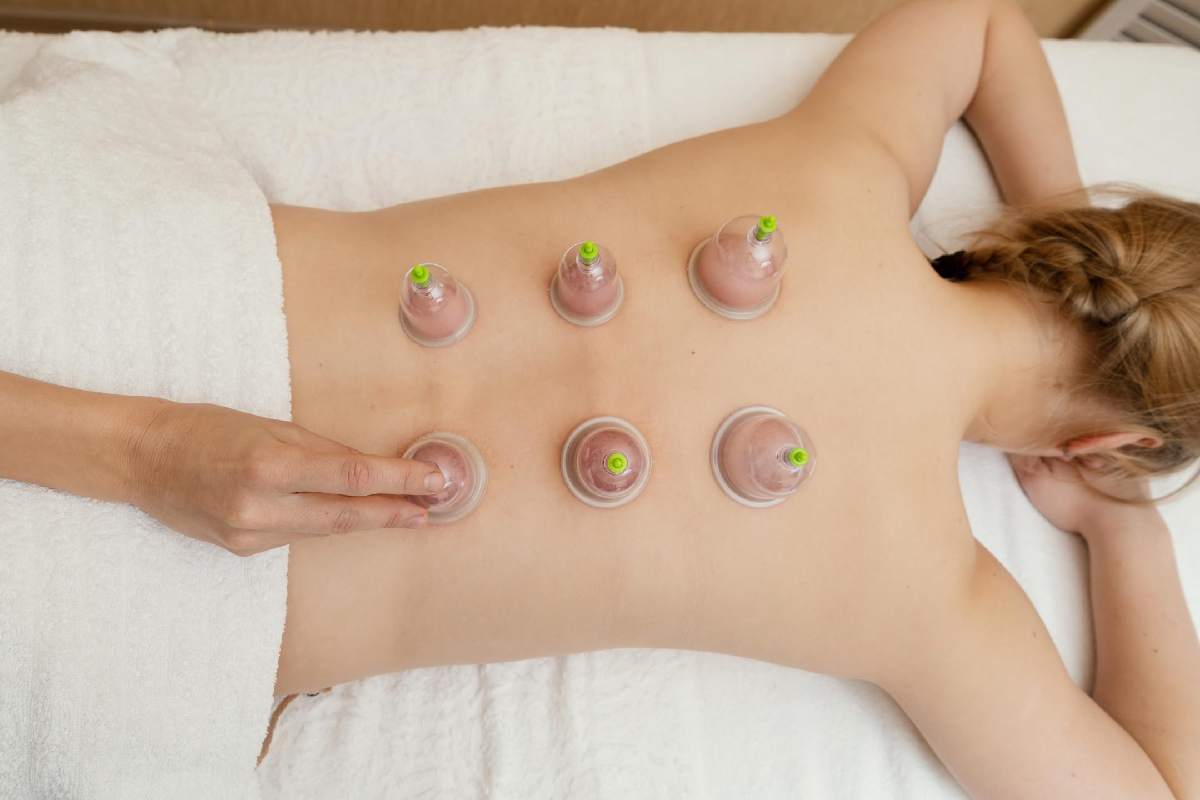In recent years cupping therapy has become popular subject, you have listen from the news from models, Olympic athletes, movie stars that they are using cupping therapy for reliving of pain and improve health and well being. But cupping is not just for the celebrities.
“Almost anyone can benefit from it,” says Ruth Lehmann, an Henry Ford Health System acupuncturist. “Rather than using medication to achieve a specific result, we use cupping to activate the body’s healing mechanisms.”
Table of Contents
What Is Cupping?
Cupping is nearly like a deep tissue massage with suction and decompression. Chinese doctors believe that cupping helps maintain balance, increases general blood flow, and decreases pain. Some sportspersons use this type of therapy to reduce muscle rescue time. It is mostly used im the combination with acupuncture or acupressure.
How Does Cupping Work?
During cupping, an area of skin is sucked in with a suction cup, which decompresses muscles and also, connective tissue. It increase our blood flow on the affected area, by improving blood flow the healing process also speeds up, just like the tissue back massage. You can find many types of mugs, of glass to bamboo to silicone and many ways to also use them. Sometimes practitioners only use one or two cups. In other cases, they cover your entire back with cups—two popular types of suction cups: fixed and sliding. Stationary suction cups suck and also, hold the suction cups in place for a set amount of time, typically 5-10 minutes. Sliding cupping is more of a deep tissue massage where the provider moves the cupping over the area of pain or problem.
Benefits Of Cupping Therapy
A 2018 Trusted Source review provided a summary of the use of cupping. The review was limited to uses documented in research studies.
According to this article, the different types of stimulation that cupping can provide may explain why it helps with various conditions.
Benefits Of Cupping Cited By Reviewers Include:
- pain reduction
- muscle relaxation
- improved blood flow
- Activation of the immune system
- release of toxins
- Removal of waste and also, heavy metals
- applications
According To The 2018 Revision, Therapists Can Use Cupping For The Following Conditions:
- painful herpes
- facial paralysis
- Disc atrophy (cervical arthritis)
- high blood pressure
- Prevention of cardiovascular diseases
- Musculoskeletal Pain
- Lower back pain
- neck pain
- fibromyalgia
- carpal tunnel syndrome
- a headache
- migraine
Pain Relief From Cupping
All though Cupping therapy is often cited as a method of pain relief. Although there is evidence of its effectiveness, scientists need to do more high-quality studies to fully prove it.
A 2018 review meta-analysis indicates that there may be some evidence that cupping effectively treats back pain. However, the researchers note that most studies were of low quality, and further standardization is needed in future studies.
Side Effects And Risks
According To NCCIHT Source Trusted, Side Effects Of Cupping Can Include:
- permanent discoloration of the skin
- scarring
- burns
- infection
If a person consumes a skin condition like eczema or psoriasis, cupping can aggravate the area where the doctor cupped.
According To A 2018 Summary On Cupping, The Therapy Can Also Cause:
- a headache
- tired
- dizziness
- fainting
- nausea
- insomnia
Because of the poor quality of studies on cupping, it’s hard to know how common these side effects are.
Cupping Therapy Near Me
Here are some results you can go with searching on google.
[cupping therapy near me prices]
[cupping therapy price]
[cupping therapy cost in hyderabad]
free hijama centre near me
best cupping therapy near me
hijama centre near me for ladies
hijama centre near me home service
Conclusion
There is evidence that cupping therapy can help someone with certain health conditions. Unfortunately, though, there are not enough high-quality studies to support this.
To understand if cupping therapy is effective, how it works, and also, under what conditions it is best, scientists need to do and publish more high-quality research.

